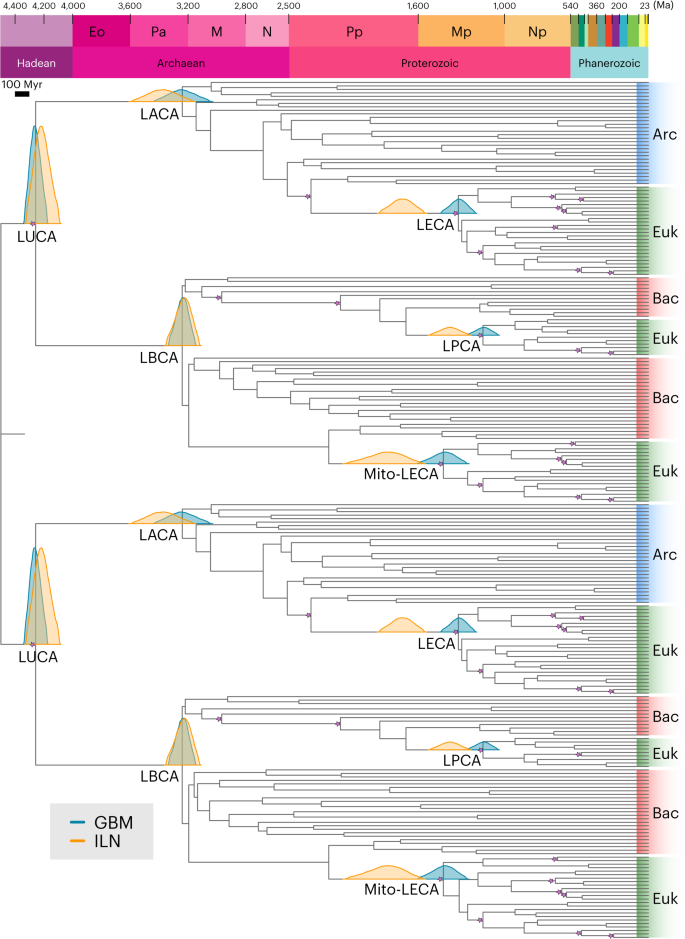2024-07-17 バース大学
<関連情報>
- https://www.bath.ac.uk/announcements/children-with-conduct-disorder-show-widespread-brain-structural-differences/
- https://www.thelancet.com/journals/lanpsy/article/PIIS2215-0366(24)00187-1/fulltext
行動障害における皮質構造と皮質下容積:ENIGMA-反社会的行動ワーキンググループによる15の国際コホートの協調分析 Cortical structure and subcortical volumes in conduct disorder: a coordinated analysis of 15 international cohorts from the ENIGMA-Antisocial Behavior Working Group
Yidian Gao, PhD;Marlene Staginnus, MRes and the ENIGMA-Antisocial Behavior Working Group
The Lancet Psychiatry Published:August, 2024
DOI:https://doi.org/10.1016/S2215-0366(24)00187-1

Summary
Background
Conduct disorder is associated with the highest burden of any mental disorder in childhood, yet its neurobiology remains unclear. Inconsistent findings limit our understanding of the role of brain structure alterations in conduct disorder. This study aims to identify the most robust and replicable brain structural correlates of conduct disorder.
Methods
The ENIGMA-Antisocial Behavior Working Group performed a coordinated analysis of structural MRI data from 15 international cohorts. Eligibility criteria were a mean sample age of 18 years or less, with data available on sex, age, and diagnosis of conduct disorder, and at least ten participants with conduct disorder and ten typically developing participants. 3D T1-weighted MRI brain scans of all participants were pre-processed using ENIGMA-standardised protocols. We assessed group differences in cortical thickness, surface area, and subcortical volumes using general linear models, adjusting for age, sex, and total intracranial volume. Group-by-sex and group-by-age interactions, and DSM-subtype comparisons (childhood-onset vs adolescent-onset, and low vs high levels of callous-unemotional traits) were investigated. People with lived experience of conduct disorder were not involved in this study.
Findings
We collated individual participant data from 1185 young people with conduct disorder (339 [28·6%] female and 846 [71·4%] male) and 1253 typically developing young people (446 [35·6%] female and 807 [64·4%] male), with a mean age of 13·5 years (SD 3·0; range 7–21). Information on race and ethnicity was not available. Relative to typically developing young people, the conduct disorder group had lower surface area in 26 cortical regions and lower total surface area (Cohen’s d 0·09–0·26). Cortical thickness differed in the caudal anterior cingulate cortex (d 0·16) and the banks of the superior temporal sulcus (d –0·13). The conduct disorder group also had smaller amygdala (d 0·13), nucleus accumbens (d 0·11), thalamus (d 0·14), and hippocampus (d 0·12) volumes. Most differences remained significant after adjusting for ADHD comorbidity or intelligence quotient. No group-by-sex or group-by-age interactions were detected. Few differences were found between DSM-defined conduct disorder subtypes. However, individuals with high callous-unemotional traits showed more widespread differences compared with controls than those with low callous-unemotional traits.
Interpretation
Our findings provide robust evidence of subtle yet widespread brain structural alterations in conduct disorder across subtypes and sexes, mostly in surface area. These findings provide further evidence that brain alterations might contribute to conduct disorder. Greater consideration of this under-recognised disorder is needed in research and clinical practice.
Funding
Academy of Medical Sciences and Economic and Social Research Council.


